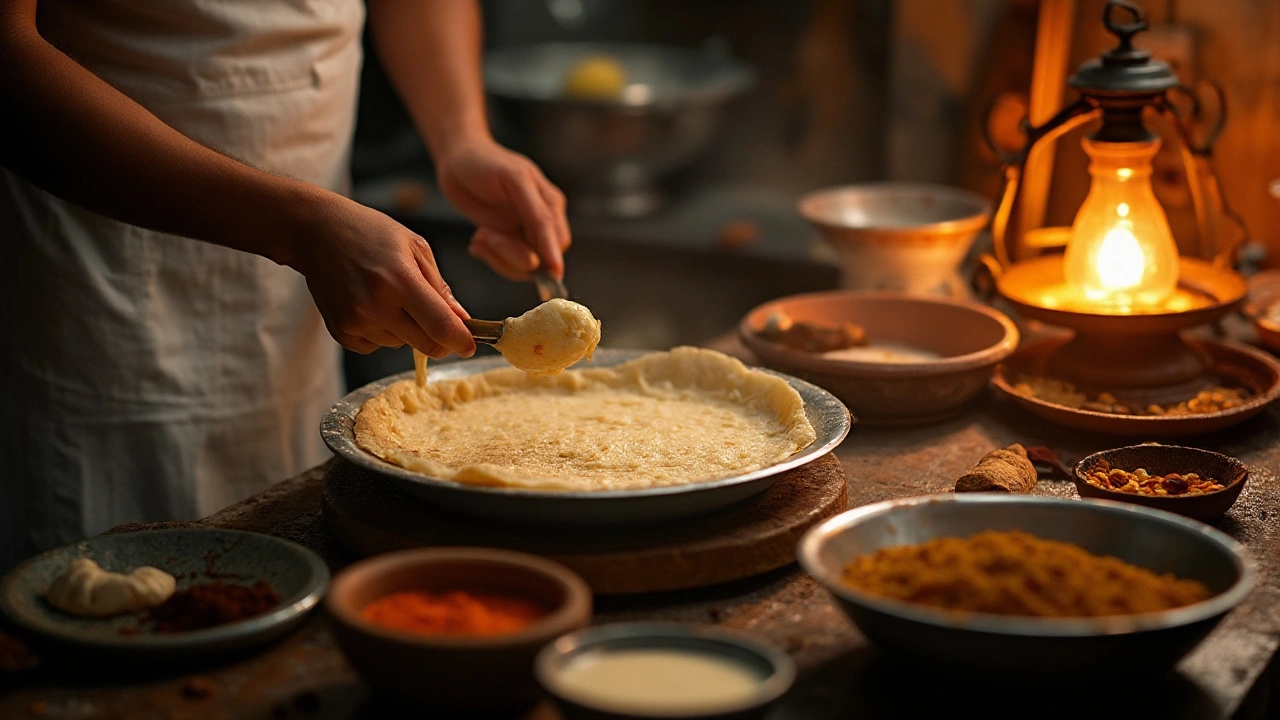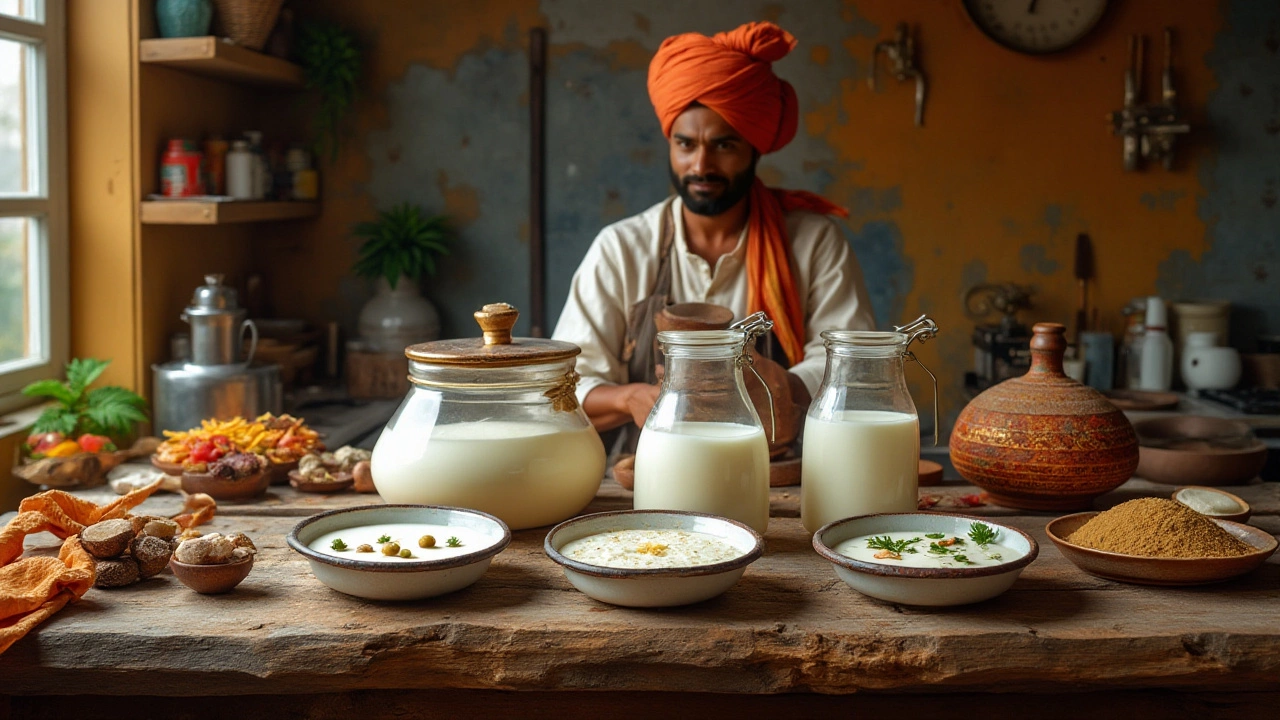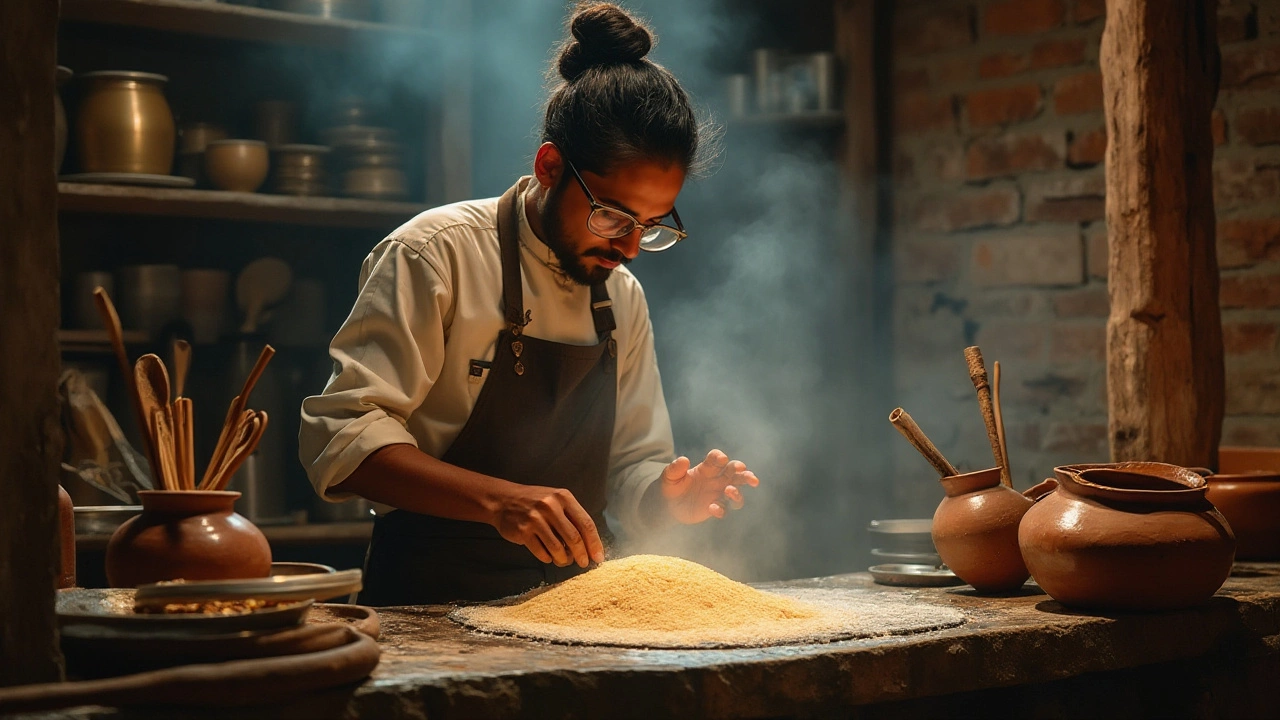Indian cooking tips
When working with Indian cooking tips, practical advice that helps home cooks master flavor, texture, and technique in Indian kitchens. Also known as Indian kitchen hacks, it bridges tradition and everyday convenience. A classic example is biryani, layered rice and meat or vegetables cooked with aromatic spices, where a squeeze of lemon can make the rice surprisingly fluffy. Roti, unleavened whole‑wheat flatbread benefits from adding oil at the right stage, turning a dense disc into a puffed, soft sheet. Dal, lentils or split peas simmered until tender shows a big protein boost when soaked before cooking, and the soaking time directly influences digestion. Finally, curry, a sauce‑based dish flavored with a blend of spices becomes creamy when you finish with a dash of yogurt or cashew paste instead of heavy cream. These examples illustrate how Indian cooking tips encompass flavor tweaks, technique shortcuts, and ingredient swaps that anyone can apply.
Key related ideas you’ll see across our guide collection
Understanding the science behind lemon in biryani, its acidity brightens flavors and keeps rice grains separate explains why a tiny amount works better than a whole lemon. The same principle of acidity applies when you add a splash of lime to a chutney, a condiment made from herbs, fruit or nuts to balance sweetness and heat. In the world of flatbreads, the timing of oil addition in roti dough, softens the gluten network for a tender crumb is a simple hack that outranks complex flour blends. When it comes to protein‑rich dishes, knowing whether paneer, fresh Indian cheese made by curdling milk or tofu provides a firmer texture helps you choose the right base for a curry. These connections show that Indian cooking tips require a blend of ingredient knowledge, timing, and a pinch of curiosity.
Below you’ll find a curated set of articles that dive deeper into each of these topics. From why your roti might not puff, to the secret ingredients that make biryani truly tasty, each post gives step‑by‑step guidance you can try tonight. Whether you’re fixing a flat roti, tweaking dal nutrition, or mastering a creamy curry, the collection equips you with the know‑how to turn everyday meals into flavorful successes. Scroll on to explore the practical tips, scientific explanations, and quick fixes that bring Indian cooking to life in your own kitchen.

Mastering the Perfect Urad Dal and Rice Ratio for Dosa Batter
Creating the perfect dosa requires understanding the ideal ratio of urad dal to rice, a key element in this iconic South Indian dish. Delve into the nuances of dosa-making, explore cultural significance, and uncover beneficial techniques. This article also highlights common mistakes to avoid and includes tips for experimentation. Join us as we unfold the secrets to achieving that perfect crispy, golden dosa.

Discover the Varieties of Milk Consumed in India
India, a nation renowned for its culinary diversity, embraces a wide array of milk types, each playing a vital role in its traditional recipes. From the creamy richness of buffalo milk to the distinct taste of camel milk, understanding these types can unlock new flavors in cooking. This article delves into the various kinds of milk prevalent in Indian cuisine, offering insights into their uses and benefits. Whether you're a seasoned cook or a curious enthusiast, uncover the secrets of Indian dairy choices and how they enrich your dishes.

Understanding the Impact of Excess Urad Dal in Dosa Batter
When preparing dosa batter, the proportion of urad dal plays a crucial role in the texture and taste of the final product. This article explores the effects of having too much urad dal in the batter, the science behind it, and provides practical tips for achieving the perfect dosa. We delve into how the excess affects fermentation, texture, and ways to balance the ingredients right. Vital for any dosa enthusiast, this guide ensures a delicious and crispy outcome.